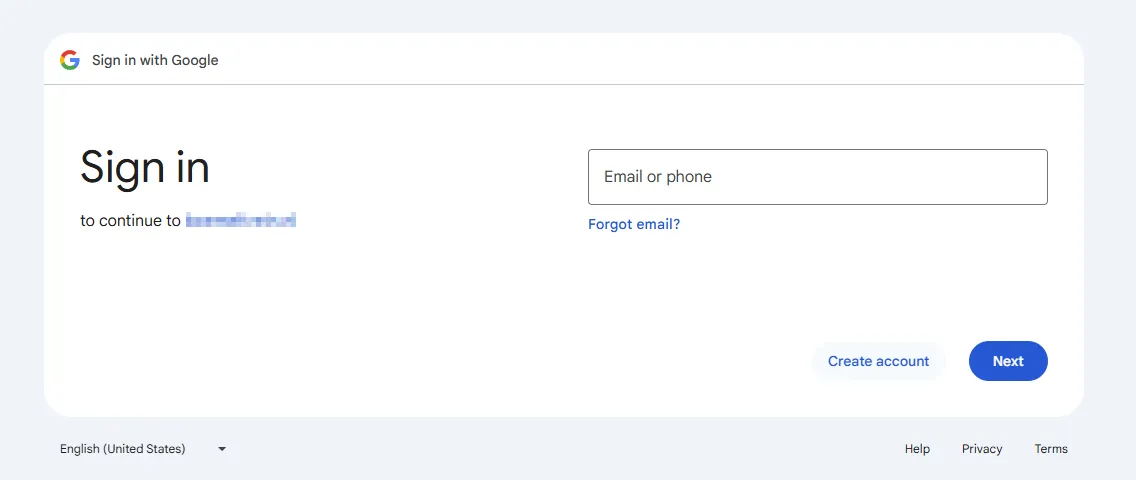traefik-forward-auth
This chart makes it possible to have a layer of security in front of your publicly exposed charts. It supports Google, OIDC, and generic OAuth2. Please read the GitHub README of the original project for your authentication options.
A standard setup (auth host mode)
This method will add a middleware to the traefik instance with Google authentication which then you can apply on any charts
with either subdomain or path prefix Ingress rules.
The example domain will be https://example.com which should be substituted to your externally accessible domain name.
Setting up traefik-forward-auth
Follow this steps here to setup Google developer console.
Assuming you have set up the Client ID for Web application in the Google developer console and set the Authorized redirect URIs to
https://auth.example.com/_oauth, start deploying traefik-forward-auth.
Most important details to configure:
- Setup ingress to
auth.example.com - Set a
secret(it’s mandatory, but can be any string of your choosing). - Set
authHosttoauth.example.com. - Add your email to
whitelistas array. - Add your root domain to
cookieDomain - Set the
clientIdandclientSecretto the ones presented on the developer console. promptneeds to be set empty.- As it is a stateless program, it doesn’t need any special permissions or storage.
ingress: main: enabled: true hosts: - host: auth.${DOMAIN} integrations: traefik: enabled: true certManager: enabled: true certificateIssuer: cloudflare
tfaAppOptions: secret: something-random
tfaAuthOptions: authHost: auth.${DOMAIN} urlPath: /_oauth defaultAction: auth defaultProvider: google whitelist: - ${EMAIL1} - ${EMAIL2} - ${EMAIL3}
tfaCookieOptions: cookieDomain: - ${DOMAIN}
tfaGoogleOptions: clientId: ${GOOGLE_CLIENTID} clientSecret: ${GOOGLE_SECRET} prompt: ""Creating the middleware on traefik
The traefik instance has to be made aware of the forward authentication. Edit in traefik configuration:
- Add to
websecureentrypoint and enableAccept forwarded headers. - Add your default gateway (internal router IP) to
Trusted IPsif using hairpin NAT. If you are using DNS override for your domain name, you can probably skip this part.
service: tcp: loadBalancerIP: ${IP_TRAEFIK} ports: websecure: forwardedHeaders: enabled: true trustedIPs: - 192.168.1.1- Add the correct middleware
middlewares: forwardAuth: - name: auth address: http://traefik-forward-auth.traefik-forward-auth:4181/_oauth authResponseHeaders: - X-Forwarded-User trustForwardHeader: trueApplying the middleware on charts
To actually use the forward authentication, you have to add it to either a chain or by itself to existing charts Ingresses.
ingress: main: enabled: true hosts: - host: chart.${DOMAIN} integrations: traefik: enabled: true middlewares: - name: auth namespace: traefikPer-chart whitelist
In case you need per-chart whitelists, you have two options: set up multiple instances of traefik-forward-auth (cumbersome) or use custom rules. Consult the readme of the original project how to set them.
Testing
Opening your URL should result in being redirected to Google authentication. Subsequent checks if the auth is working can be made by opening an incognito window.
